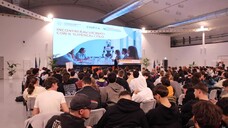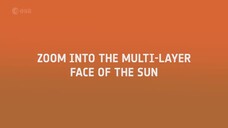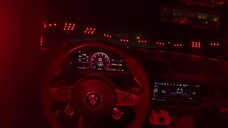Siti Internazionali
Se hai scelto di non accettare i cookie di profilazione e tracciamento, puoi aderire all’abbonamento "Consentless" a un costo molto accessibile, oppure scegliere un altro abbonamento per accedere ad ANSA.it.
Ti invitiamo a leggere le Condizioni Generali di Servizio, la Cookie Policy e l'Informativa Privacy.
In evidenza
In evidenza
Temi caldi
PressRelease
How can dual vocational education be transferred to other countries? Study provides answers
PressRelease
Responsabilità editoriale di news aktuell
PressRelease - Responsabilità editoriale di news aktuell
Germany’s dual vocational training is considered a model of success - but how can it be transferred to other countries? Professor Dr. Dieter Euler answers this question in a new study "Roadmap to high-quality dual VET" commissioned by the Bertelsmann Stiftung.
The German dual vocational education system is regarded as a success around the world – but how can this German success story be transferred to other countries? Professor Dieter Euler answers this question in his recently published study: "Roadmap to high-quality dual VET" (Vocational Education and Training), commissioned by the Bertelsmann Foundation. The study is available in German, English, Spanish and French.
What is it about? Dual education systems have been extremely popular internationally for years: Closely meshing vocational education and practical experience in the workplace is seen as a recipe for success for the qualification of skilled personnel. But such a system cannot simply be transferred from one country to another, as the underlying educational and socioeconomic environments differ greatly. With this in mind, Dieter Euler does not propose a 1:1 transfer, but divides the dual vocational education system into eleven components, each of which can be considered seperately: How should a dual system be financed? How can theory and experience at work be meaningfully combined? How will assessments be made? The analysis shows what a transfer of individual elements could look like, along with the options for substitution. It also looks beyond the German system to take in the international landscape: Other countries also have vocational education systems with dual elements that could equally serve as examples.
Each of the eleven elements are further subdivided into four stages of implementation – allowing for a highly nuanced approach. The resulting overview is illustrated with a wide range of practical examples. This matrix provides ideas for reform or can be used to analyse existing reform processes in a structured way and from a historical and content-related perspective. The author illustrates this by means of two extensive case studies of reforms in vocational education in Albania and Spain.
"Change is a journey, not a blueprint" – this quote aptly describes the factors that need to be taken into account when implementing a dual education system. Anyone wishing to reform an existing educational system in the direction of a dual system must take into account the existing framework and align the transfer to the educational, social and economic objectives already in place. In other words: While dual education in German-speaking countries may serve as an example, it is not a blueprint. The present study is intended to stimulate a learning process among political, administrative and academic decision-makers in countries planning to embark on reforms – both from each other and with each other.
Links and shortlinks to the four versions (in German, English, Spanish and French):
· English: Roadmap to High-Quality Dual Vocational Education and Training (bertelsmann-stiftung.de); Shortlink: www.chance-ausbildung.de/dualVET/english
· Français:Pistes pour une formation professionnelle dualisée (bertelsmann-stiftung.de); Shortlink: www.chance-ausbildung.de/dualVET/francais
· Español: Hoja de ruta para una Formación Profesional dual de calidad (bertelsmann-stiftung.de); Shortlink: www.chance-ausbildung.de/dualVET/espanol
· Deutsch:Wege in eine dualisierte Berufsbildung (bertelsmann-stiftung.de); Shortlink: www.chance-ausbildung.de/dualVET/deutsch
Clemens Wieland / clemens.wieland@bertelsmann-stiftung.de / +49 5241 8181352
PressRelease - Responsabilità editoriale di news aktuell
Ultima ora
Ultima ora












